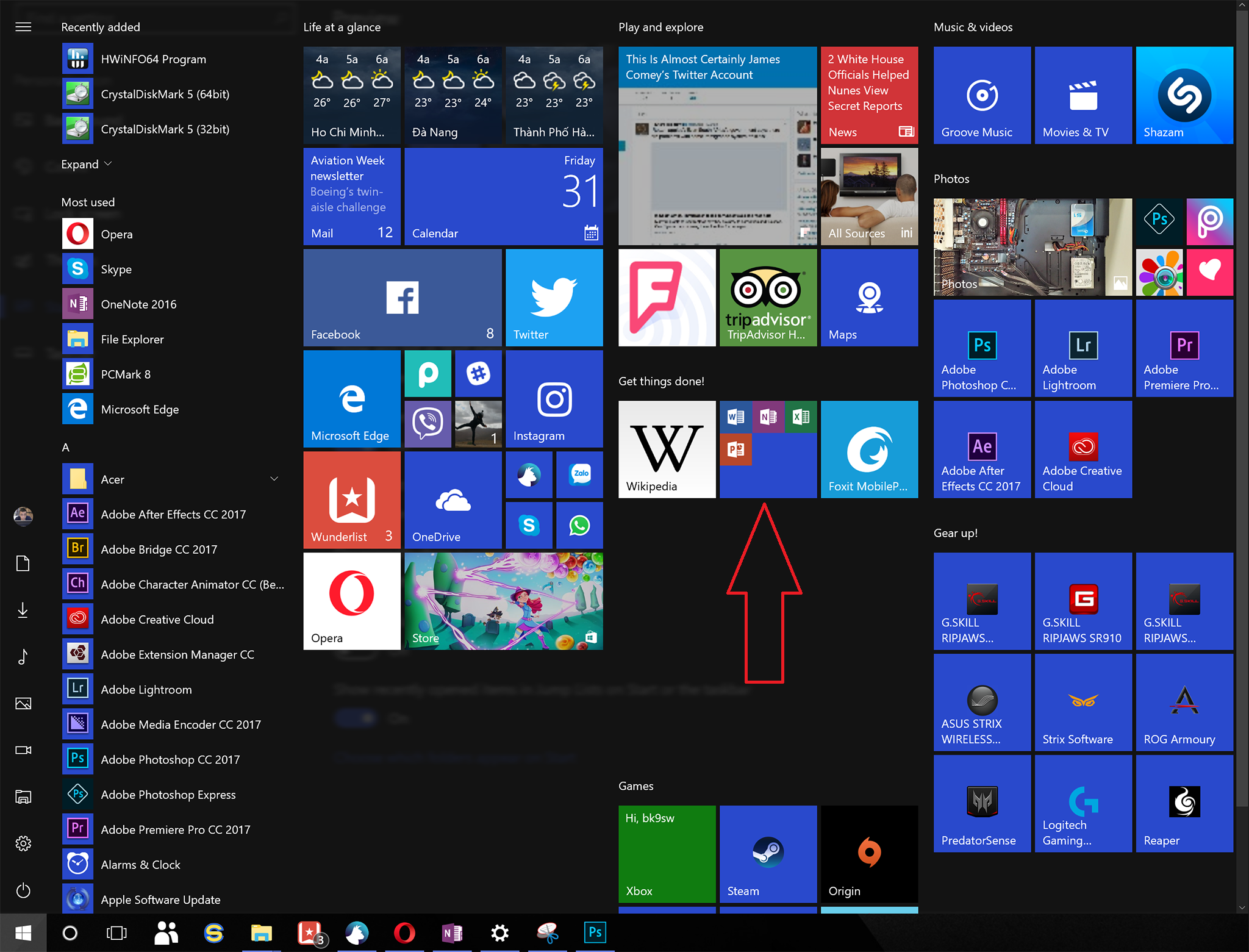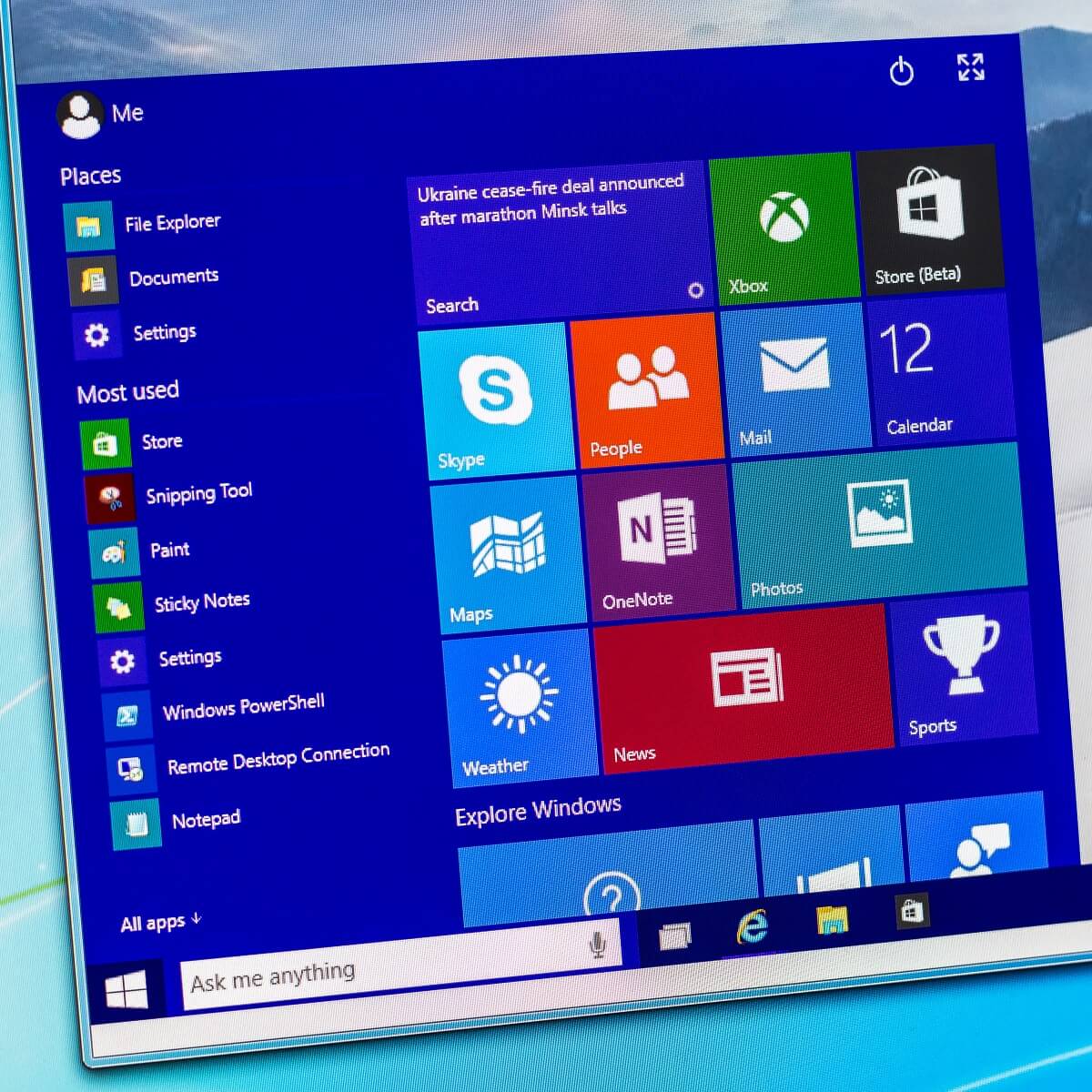

Just fire it up and head to one of the following locations (tip: you can copy these locations and paste them into the File Explorer address bar). Within File Explorer, locate and select the New folder button. You can always get to the Start folders on your system in File Explorer.
#Windows 10 start menu folder icon how to#
Related: How to Add a Program to Startup in Windows 10 or 11 Windows 7 and 10: Open the Start Menu Folders by Browsing to Them in File Explorer

These two folders are combined to create the items you see on your Start menu.
#Windows 10 start menu folder icon install#
If you've ever installed an app and had to choose whether to install it for just the current user or for all users, this is what that means. There's also a user-specific folder that contains shortcuts and folders displayed only for the currently logged in user. It has icons for different types of folders. To open the Task Manager, press Ctrl + Alt + Delete, then click the Task Manager button. The imageres.dll file contains many Windows 10 and Windows 11 icons, used almost everywhere in the operating system. Click and drag one of the app icons in the pinned area, and move it over another app icon you can. Open the Start menu if you havent already. You can also find more icons at C:\Windows\System32\imageres.dll. Once you have the apps you want, we can get started. 4) Browse to an icon library, click/tap on an icon, and click/tap on OK. One folder contains system-wide folders and shortcuts that appear on the Start menu of whatever user is logged in. If you have an issue with the Start Menu, the first thing you can try to do is restart the Windows Explorer process in the Task Manager. Here's How: 1) Right-click or press and hold on the folder you would like to change, and click/tap on Properties. Related: How to Organize and Add Shortcuts to the All Apps List on Windows 10Īnother thing to keep in mind is that Windows builds your Start menu from two locations.


 0 kommentar(er)
0 kommentar(er)
